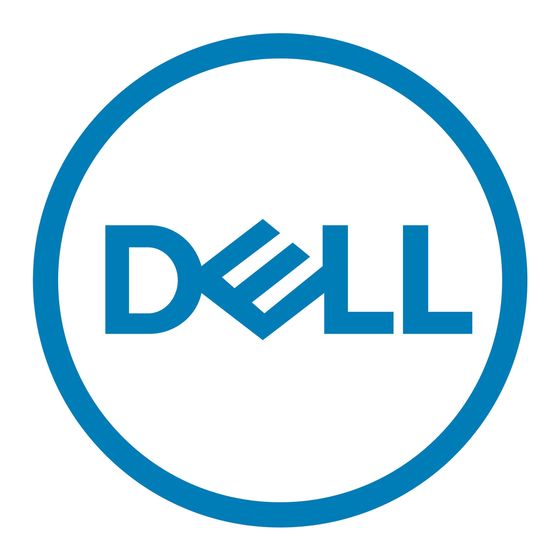User Configurable CLI Banners
Administrators may configure banners for the following: MOTD, login, and exec. The banners may consist of multiple
lines of text. Each new line will consume an extra two characters (CR/LF) that count against the maximum length
banner that can be configured.
Captive Portal
Captive portal has been extended to support user logout and localization.
802.1Q
The following changes have been made to the operation of VLANs.
VLAN Membership:
By default, all VLANs are members of a trunk port. VLANs created after a trunk port is created are added to all trunk
ports. VLANs deleted by the administrator are removed from all trunk ports. The operator may configure a trunk port
to explicitly disallow certain VLANs.
Native VLAN Configuration on Trunk Ports:
It is now possible to configure the native VLAN on a port in trunk mode. Trunk mode ports will accept untagged
frames but will always transmit tagged frames. It is also possible to configure a trunk port to drop untagged frames by
filtering on the native VLAN, e.g. by using the switchport trunk allowed vlan remove command.
Switchport Mode Configuration Preserved:
When switching between switchport modes (access, trunk, and general), the switchport configuration applicable to the
selected mode is maintained. This means that when switching from one mode to another and back, the port will have
the same configuration as it had in the original mode. Only the configuration applicable to the selected mode is enabled
on the port.
VRRP
The following enhancements have been made to the operation of VRRP to increase usability and robustness of
operation in the network:
Preemption Delay:
Per the VRRP RFC 3768, when preemption is enabled, the backup router discards advertisements until the master
down-timer fires. When the preemption delay timer is set to a non-zero value and the backup switch receives a PDU
with a lower priority from the master, then backup switch waits for the preemption delay value before advertising itself
as the master.
Timer Advertisement Learning:
In VRRP, all participating routers should be configured with coherent advertisement timer interval values. The
operator can now enable timer learning which causes a backup router to learn the master advertisement interval and
change its master down interval accordingly.
Ping-able VRRP Interfaces:
RFC 3768 specifies that a router may only accept IP packets sent to the virtual router's IP address if the router is the
address owner (master). In practice, this restriction makes it more difficult to troubleshoot network connectivity
problems.
12
System Firmware Version 4.1.0.6

